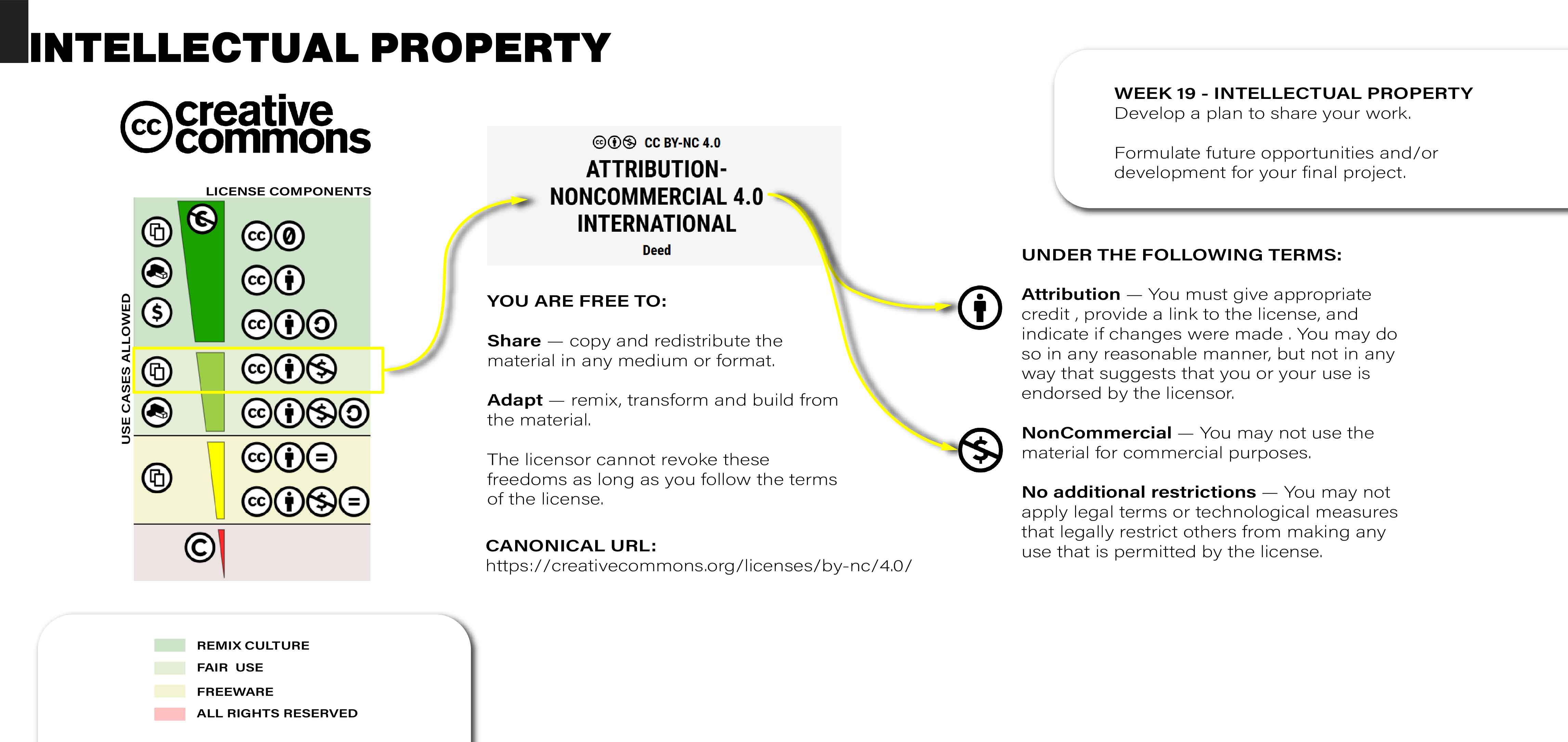WEEK 18 - Invention, Intellectual Property and Income
Checklist:
- Develop a plan for dissemination of your final project.
- Prepare drafts of your summary slide (presentation.png, 1920x1080) and video clip (presentation.mp4, 1080p HTML5, < ~minute, < ~10 MB) and put them in your website's root directory.
Intellectual property
My final project consists in the design of a sound module that is part of a system enabling Braille to be perceived through touch, hearing, and sight. For my final project, I will utilize a previously designed device for learning Braille reading and writing.
The preliminary assembly of this device, developed for Braille reading and writing learning, translates the position of the pins in real-time to identify the entered letter or character. It sends the position of the pins to the sound and light modules, allowing Braille to be experienced through senses other than touch. The communication is carried out via WiFi using a home network.
The goal is for the project to be replicable in other spaces similar to Fab Labs, aiming for continuous product improvement. That’s why I chose the Creative Commons Attribution-NonCommercial license, as the idea is for it to be replicated in educational settings to promote inclusive education.

Dissemination plan

Key message and goals
The key message is to experience Braille through additional senses and explore new possibilities. The goal is to become an educational tool that promotes inclusivity and accessibility. The primary objective is to raise awareness about the project and engage potential collaborators. This will help in garnering support and contributions from various stakeholders.
Highlight the project's significant impact on inclusive education, emphasizing how it can benefit students with visual impairments.
Stress the open-source nature of the project under the Creative Commons Attribution-NonCommercial (CC BY-NC 4.0) license, encouraging collaboration and innovation.
Showcase the potential for community-driven innovation, inviting educators, developers, and enthusiasts to contribute to and improve the project.
Target audience
Developers and tech enthusiasts: Engage with individuals who have the technical skills and passion for contributing to open-source projects and accessibility tools.
Educational institutions and special education professionals: Reach out to schools, colleges, and educators who work with students with disabilities to adopt and integrate the project into their teaching methods.
NGOs focused on accessibility and inclusion: Partner with organizations dedicated to promoting accessibility and inclusion to broaden the project's reach and impact.
Channels
Website: Create a central hub for all project-related information, including detailed documentation, resources, and updates. This site will serve as the main point of reference for anyone interested in the project.
Content
Project documentation: Guides and manuals that detail the project's setup, usage and contribution processes.
Promotional video: Showing the Braille trainer and system modules in action to visually showcase its features and benefits.
Promotional slide: Showing the Braille trainer and system modules summary.